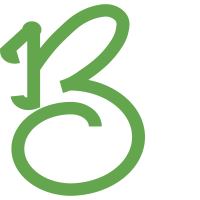
Social media ban in nepal
-
- 0 Share
- 64 Views
🚫 Social Media Ban in Nepal: Between Regulation and Restriction
A Digital Shock for Millions of Users
On September 4, 2025, Nepal witnessed a digital disruption like never before. The government ordered internet providers to block popular social media platforms, including Facebook, Instagram, YouTube, and X (Twitter). Overnight, millions of Nepalis lost access to platforms they rely on for communication, learning, and business.
Why the Ban Happened
The Ministry of Communication and Information Technology had mandated all social media platforms to officially register in Nepal within a week’s deadline. When companies failed to comply, the government enforced a nationwide block. According to officials, the step was taken to ensure accountability, tackle misinformation, and regulate online spaces.
Public Reaction: Freedom vs. Regulation
For many users, the sudden ban feels like a direct hit on freedom of speech and digital rights. Students and educators lost access to online resources, small businesses were cut off from their customers, and creators saw their platforms vanish overnight. Critics argue that regulation is necessary, but a blanket ban is too extreme.
“Social media is not just entertainment anymore—it’s the backbone of communication, learning, and entrepreneurship in Nepal.”
The Bigger Picture
Countries worldwide are struggling to strike a balance between digital regulation and free access. Nepal’s decision highlights the tension between government oversight and people’s right to connect globally. Platforms like TikTok and Viber, which registered on time, remain available—showing that compliance is possible.
Conclusion: The Way Forward
The ban has sparked debate across Nepal and beyond. If prolonged, it risks slowing down Nepal’s digital growth, innovation, and international visibility. The solution lies in dialogue and cooperation—where tech giants meet regulatory demands without cutting millions of users off from the digital world.
Please
